

Articles
How To Store Roasted Coffee Beans
Modified: January 18, 2024
Learn the best methods for storing roasted coffee beans to keep them fresh and flavorful for longer. Read our expert articles on coffee bean storage techniques and ensure you're getting the most out of your coffee experience.
(Many of the links in this article redirect to a specific reviewed product. Your purchase of these products through affiliate links helps to generate commission for Storables.com, at no extra cost. Learn more)
Introduction
Welcome to the wonderful world of coffee! If you’re a coffee lover, you know the importance of starting your day with a freshly brewed cup of java. But have you ever wondered how to keep your roasted coffee beans fresh for as long as possible? In this article, we will dive into the art of storing roasted coffee beans and explore the factors that can affect their shelf life.
Roasted coffee beans are a delicate treasure. They undergo a complex process of roasting and develop unique flavors and aromas. However, once coffee beans are roasted, they start to lose their freshness and flavor. To preserve the quality and taste of your coffee, proper storage is crucial.
Understanding the shelf life of roasted coffee beans is the first step towards maintaining their freshness. The freshness of coffee beans is determined by the oils, gases, and flavors that are released during the roasting process. These elements are volatile and can dissipate over time, leading to a decline in coffee quality.
There are several factors that can affect the shelf life of roasted coffee beans. Oxygen, moisture, heat, and light are the enemies of freshness. Exposure to these elements can cause the beans to oxidize, lose flavor, and become stale. It’s important to protect your coffee beans from these factors to maintain their peak freshness.
Choosing the right storage containers for your roasted coffee beans is essential. The containers should be airtight, opaque, and moisture-resistant. Transparent containers can expose the beans to light, while containers that are not airtight can allow oxygen to seep in and degrade the coffee’s flavor. Look for containers made of materials like glass or stainless steel that can provide optimal protection.
Now that you have the proper storage containers, let’s talk about the ideal storage conditions for roasted coffee beans. Keep your beans in a cool, dark, and dry place. Avoid storing them near appliances that generate heat, such as the stove or the microwave. The temperature should be consistent, as fluctuations can affect the quality of the beans. A pantry or cupboard away from direct sunlight is a perfect spot.
As with any subject, there are common mistakes that people make when storing roasted coffee beans. One common mistake is buying coffee beans in bulk and not using them within a reasonable timeframe. While buying in bulk can be economical, coffee beans are best enjoyed within a few weeks of roasting. Buying in smaller quantities ensures that you consume the beans while they are still fresh.
Another mistake is grinding the entire batch of coffee beans at once. Grinding exposes more surface area of the beans to oxygen, accelerating the degradation process. It’s best to grind beans just before brewing for the freshest cup of coffee.
In the next sections of this article, we will dive deeper into these storage tips and explore additional ways to prolong the freshness of your roasted coffee beans. With a little knowledge and effort, you can enjoy the full flavors and aromas of a freshly brewed cup every morning. So, let’s get started on this coffee storage journey!
Key Takeaways:
- Proper storage of roasted coffee beans is crucial to maintain their freshness, flavor, and aroma. Factors such as oxygen, moisture, heat, and light can impact the shelf life, making it essential to use airtight, opaque containers and store the beans in a cool, dark, and dry place.
- To prolong the freshness of roasted coffee beans, it’s important to purchase freshly roasted beans, store them in small batches, grind just before brewing, and use proper brewing techniques. Additionally, avoiding common storage mistakes and regularly cleaning coffee equipment can enhance the overall coffee experience.
Read more: How To Store Fresh Roasted Coffee Beans
Understanding the Shelf Life of Roasted Coffee Beans
The shelf life of roasted coffee beans refers to the period during which the beans maintain their optimal freshness, flavor, and aroma. While coffee beans do not necessarily go bad or become harmful to consume after a certain period, their quality gradually diminishes over time. Understanding the factors that affect the shelf life of roasted coffee beans can help you preserve their freshness for as long as possible.
One of the primary factors that affect the shelf life of roasted coffee beans is the level of exposure to oxygen. As soon as coffee beans are exposed to oxygen, they undergo a process called oxidization. This process causes the coffee’s volatile compounds, including flavors and aromas, to degrade. To prevent excessive oxidization, it’s crucial to store your roasted coffee beans in airtight containers that minimize the contact with air.
Moisture is another enemy of coffee bean freshness. When coffee beans absorb moisture, they can become stale and lose their flavor. Moisture can also lead to the growth of mold and mildew on the beans, rendering them unfit for consumption. It’s essential to store your roasted coffee beans in a dry environment to prevent moisture absorption. Avoid storing the beans in high humidity areas like near the sink or refrigerator.
Heat is one of the most detrimental elements for roasted coffee beans. Exposure to high temperatures can accelerate the staling process and lead to the loss of flavor and aroma. It’s crucial to store your roasted coffee beans away from heat sources, such as stovetops and direct sunlight. Keeping them in a cool environment helps maintain their freshness for a longer period.
Similarly, light can also have a negative impact on the shelf life of roasted coffee beans. UV rays from light sources, especially sunlight, can cause the coffee beans to deteriorate at an accelerated rate. This is why it’s important to store your roasted coffee beans in opaque containers that block out light. Glass containers are not recommended unless they are tinted or stored in a dark cupboard or pantry.
It’s important to note that the shelf life of roasted coffee beans can also vary depending on the specific coffee bean origin, roast level, and the brewing method used. Lighter roasts tend to have a shorter shelf life compared to darker roasts due to the higher moisture content. Additionally, finely ground coffee beans tend to degrade faster than whole beans due to the larger surface area exposed to air.
To ensure you enjoy the freshest coffee experience, it’s recommended to consume your roasted coffee beans within two to four weeks of their roast date. This time frame allows you to fully savor the flavors and aromas that the coffee beans have to offer.
In the next sections, we will delve into the best storage containers, proper storage conditions, and tips for prolonging the freshness of roasted coffee beans. By following these guidelines, you can ensure that every cup of coffee you brew is a delightful and flavorful experience.
Factors Affecting Coffee Bean Storage
When it comes to storing roasted coffee beans, several factors can have a significant impact on their freshness and flavor. Understanding these factors is crucial for optimizing the storage conditions and preserving the quality of your coffee beans.
1. Oxygen Exposure: Exposure to oxygen is one of the biggest culprits behind the degradation of roasted coffee beans. Oxygen promotes oxidization, causing the coffee’s flavors and aromas to deteriorate over time. To minimize oxygen exposure, it’s essential to store your coffee beans in airtight containers. This prevents the beans from absorbing additional oxygen from the surrounding air.
2. Moisture: Moisture is another enemy of coffee bean storage. When coffee beans are exposed to moisture, they can become stale and lose their flavor. Additionally, moisture can lead to the growth of mold and mildew, making the beans unsafe for consumption. To protect your coffee beans from moisture, store them in a dry environment, and avoid storing them in humid areas like near the sink or refrigerator.
3. Heat: Exposure to heat can accelerate the staling process of roasted coffee beans, leading to a loss of flavor and aroma. Heat sources such as stovetops, ovens, or direct sunlight can be detrimental to the freshness of the beans. It’s important to store your coffee beans in a cool environment away from any heat sources to maintain their optimal quality.
4. Light: Light, especially UV rays from sunlight or fluorescent bulbs, can also degrade the quality of roasted coffee beans. The exposure to light can result in the breakdown of the coffee’s volatile compounds, affecting the flavors and aromas. It’s best to store your coffee beans in opaque containers that block out light. If using clear containers, make sure to store them in a dark cupboard or pantry.
5. Time: The passage of time is another critical factor in coffee bean storage. Coffee beans naturally lose freshness over time, and their flavors and aromas begin to deteriorate. It’s recommended to consume your roasted coffee beans within two to four weeks of their roast date to enjoy the best quality. Buying smaller quantities more frequently can help ensure that you brew coffee with freshly roasted beans.
6. Grinding: Grinding roasted coffee beans exposes them to increased surface area, leading to faster oxidization and flavor degradation. It’s best to grind your coffee beans just before brewing to preserve their freshness. If you prefer pre-ground coffee, consider buying smaller packages that you can finish within a shorter timeframe.
7. Freezing: While freezing is a common method some people use to extend the shelf life of coffee beans, it can have mixed results. Freezing can help slow down the aging process and preserve freshness, but it’s crucial to ensure proper packaging to prevent moisture absorption. If you choose to freeze your coffee beans, divide them into small portions in airtight containers or freezer bags, and only thaw and use what you need at a time.
By being mindful of these factors, you can create the ideal storage conditions for your roasted coffee beans and prolong their freshness. In the next sections, we will explore the best storage containers and proper storage conditions to optimize coffee bean storage.
Best Storage Containers for Roasted Coffee Beans
Choosing the right storage containers for your roasted coffee beans is essential for maintaining their freshness and flavor over time. The ideal containers should protect the beans from exposure to oxygen, moisture, light, and heat. Here are some of the best storage container options to consider:
1. Airtight Canisters: Airtight canisters are a popular choice for coffee bean storage. These containers have a secure seal that prevents oxygen from entering and interacting with the beans. Look for canisters with a one-way valve that allows carbon dioxide, a byproduct of coffee beans, to escape without letting oxygen in. This type of container is often made of stainless steel or glass, both of which are excellent choices for maintaining freshness.
2. Vacuum Sealed Bags: Vacuum-sealed bags are another effective option for storing roasted coffee beans. These bags remove the air from the package, reducing oxygen exposure and prolonging the freshness of the beans. When properly sealed, these bags create an airtight environment that helps preserve the coffee’s flavor and aroma. Consider transferring your coffee beans into smaller vacuum-sealed bags to minimize oxygen exposure when you open and close the container.
3. Mason Jars: Mason jars are a practical and versatile option for coffee bean storage. They are made of glass, which helps to block light, and their airtight lids provide a decent seal that limits oxygen exposure. Mason jars also come in various sizes, allowing you to store different amounts of coffee beans based on your needs. Make sure to choose jars with rubber gaskets or silicone seals to ensure a tight closure.
4. Opaque Containers: Opaque containers are an excellent choice for blocking out light, which can degrade the quality of roasted coffee beans. Look for containers made of materials like stainless steel or ceramic that prevent light from penetrating. It’s best to avoid transparent containers, as they allow light to reach the coffee beans, potentially compromising their freshness.
5. Coffee Bean Storage Bags: Specialty coffee bean storage bags are designed explicitly for preserving the freshness of roasted coffee beans. These bags are often made with multiple layers of materials that provide excellent protection against oxygen, moisture, and light. They often feature a resealable closure for convenience and are an excellent option for storing smaller quantities of beans.
Regardless of the storage container you choose, be sure to clean it thoroughly before transferring your roasted coffee beans. Residual oils or odors from previous uses can impact the flavor of your coffee. Additionally, store your containers in a cool, dry place to maintain the freshness of the beans.
Remember that the most important aspect of coffee bean storage is minimizing the exposure to oxygen, moisture, light, and heat. By choosing the right storage containers and following proper storage conditions, you can ensure that your roasted coffee beans retain their optimal flavor and aromas for a longer period.
In the next section, we will discuss the proper storage conditions for maximizing the shelf life of roasted coffee beans.
Store roasted coffee beans in an airtight container at room temperature, away from light, heat, and moisture. Avoid storing in the fridge or freezer as they can absorb odors and moisture.
Proper Storage Conditions for Roasted Coffee Beans
To ensure the longevity of your roasted coffee beans and maintain their freshness and flavor, it’s essential to store them under proper conditions. Here are the key factors to consider when determining the ideal storage conditions:
1. Temperature: The temperature at which you store your roasted coffee beans plays a crucial role in preserving their quality. It’s best to keep them away from excessive heat, as high temperatures can expedite the staling process and degrade the flavors and aromas of the beans. Aim for a consistent storage temperature between 50°F (10°C) and 70°F (21°C). Avoid storing your coffee beans near heat sources such as stovetops, ovens, or direct sunlight.
2. Humidity: Humidity can negatively impact the freshness of roasted coffee beans. Moisture can cause the beans to become stale and lose flavor. It can also lead to the growth of mold and mildew, rendering the beans unsafe to consume. To protect your coffee beans from moisture, store them in a dry environment with a humidity level between 40% and 60%. Avoid storing them in areas with high humidity, such as near the sink or refrigerator.
3. Light: Light, especially UV rays from sunlight, can accelerate the degradation of roasted coffee beans. Exposure to light leads to the breakdown of the coffee’s volatile compounds, resulting in a loss of flavor and aroma. Store your coffee beans in a dark place or use opaque containers that block out light. If you choose transparent containers, keep them in a dark cupboard or pantry to minimize light exposure.
4. Air: Oxygen exposure is one of the main factors that affect the freshness of roasted coffee beans. Oxygen can cause the coffee’s flavors and aromas to dissipate and lead to stale-tasting coffee. To minimize oxygen exposure, store your coffee beans in airtight containers that seal out the air. Make sure your containers have a reliable closure system to maintain a tight seal and preserve freshness.
5. Storage Time: Time is a critical factor in coffee bean storage. As roasted coffee beans age, their flavors and aromas gradually diminish. To enjoy the freshest and most delicious coffee, it’s recommended to consume your roasted coffee beans within two to four weeks of their roast date. Buying smaller quantities more frequently ensures that you brew coffee with freshly roasted beans.
By storing your roasted coffee beans in a cool, dry, dark, and airtight environment, you can maximize their shelf life and preserve their optimal flavor and freshness. It’s important to note that once you’ve opened a container of coffee beans, their exposure to oxygen increases, and the rate of flavor degradation accelerates. Therefore, it’s best to consume the beans within a reasonable timeframe to enjoy the best cup of coffee.
In the next section, we will discuss common mistakes to avoid when storing roasted coffee beans and offer tips for prolonging their freshness.
Read more: How To Store Coffee Beans
Avoiding Common Coffee Storage Mistakes
Properly storing your roasted coffee beans is essential for maintaining their freshness and flavor. However, many coffee lovers make common storage mistakes without even realizing the negative impact they can have on their coffee’s quality. Here are some common coffee storage mistakes to avoid:
1. Buying in Bulk: Purchasing a large quantity of coffee beans may seem convenient, but it can lead to a loss of freshness. Coffee beans are at their peak flavor within a few weeks of roasting. Buying in smaller quantities allows you to consume the beans while they are still fresh. Consider getting just enough beans for a month or two to ensure you enjoy the best coffee experience.
2. Storing in the Wrong Containers: Choosing the wrong storage containers can expose your coffee beans to detrimental elements. Transparent containers, for example, can allow light to reach the beans, causing flavor degradation. Additionally, containers that are not airtight can let oxygen in, accelerating the staling process. Invest in airtight, opaque containers made of materials like stainless steel or glass to protect your coffee beans from light and oxygen.
3. Grinding the Entire Batch: Grinding the entire batch of coffee beans at once may seem convenient, but it negatively affects the freshness and flavor. Once coffee beans are ground, they expose more surface area to oxygen. This leads to faster flavor degradation. It’s best to grind your coffee beans just before brewing to extract the freshest flavors and aromas. Consider investing in a quality burr grinder for an optimal grinding experience.
4. Improper Storage Location: Where you store your coffee beans can greatly impact their freshness. Avoid storing them near heat sources like stovetops or ovens, as heat can accelerate the aging process and result in stale coffee. Furthermore, keep them away from areas with high humidity, such as the sink or refrigerator, as moisture can impact the taste and promote mold growth. Instead, store your coffee beans in a cool, dry, and dark area, such as a pantry or cupboard.
5. Freezing and Thawing Improperly: Freezing coffee beans can be a controversial topic. While freezing can help extend the shelf life, it’s essential to do it correctly. Improperly packaged coffee beans can absorb moisture and odors from the freezer, compromising their flavor. If you choose to freeze your coffee beans, divide them into smaller portions and store them in airtight containers or freezer bags. Only thaw and use what you need, leaving the rest in the freezer until needed again.
By avoiding these common coffee storage mistakes, you can ensure that your roasted coffee beans stay fresh and flavorful for longer. Remember to buy in smaller quantities, use proper storage containers, grind just before brewing, choose an appropriate storage location, and freeze and thaw your beans correctly when necessary. Now let’s explore some tips for prolonging the freshness of your roasted coffee beans.
Tips for Prolonging the Freshness of Roasted Coffee Beans
Prolonging the freshness of your roasted coffee beans is crucial for enjoying a delicious and satisfying cup of coffee. To help you maximize the flavor and aroma of your beans, here are some helpful tips to keep in mind:
1. Purchase Freshly Roasted Beans: Start with the freshest coffee beans available. Look for beans with a recent roast date and try to buy from reputable roasters who prioritize freshness. Buying from local roasters or specialty coffee shops can ensure that you’re getting beans that have been recently roasted.
2. Optimal Storage Containers: Invest in high-quality storage containers that provide proper protection against oxygen, moisture, light, and heat. Airtight containers made of materials like stainless steel or glass are excellent choices. Make sure the containers have a reliable seal to keep out oxygen and maintain freshness.
3. Store in Small Batches: To retain the freshness of your coffee beans, store them in smaller quantities. This allows you to consume the beans within their peak freshness period. Repackage larger quantities into smaller airtight containers or use specialty coffee storage bags that allow for portioning.
4. Avoid Freezing and Thawing: While freezing coffee beans can extend their shelf life, the process must be done correctly to avoid moisture absorption and flavor loss. It’s best to avoid freezing and thawing unless you have excess beans that won’t be used within a month or two. If you do freeze your beans, make sure to use proper packaging and thaw only the amount you need, leaving the rest frozen until needed.
5. Grind Just Before Brewing: Grinding your coffee beans just before brewing ensures optimum freshness and flavor. When coffee beans are ground, their surface area is exposed to oxygen, accelerating the staling process. Invest in a good quality burr grinder and grind only the amount needed for each brewing session to preserve the maximum freshness of your beans.
6. Proper Brewing Techniques: It’s important to use proper brewing techniques to extract the best flavors from your coffee beans. Experiment with different brewing methods and find the one that suits your taste preferences. Additionally, brew your coffee using water at the appropriate temperature for the best extraction of flavors.
7. Avoid Direct Sunlight: Exposure to sunlight can degrade the quality of roasted coffee beans. Store your beans away from direct sunlight and choose a dark location for storage. Opt for opaque containers or store them in a dark cupboard or pantry to protect the beans from light exposure.
8. Regularly Clean Your Equipment: Cleanliness is crucial for maintaining the freshness of your coffee beans. Regularly clean your coffee equipment, including grinders and brewing devices, to remove any residual oils or coffee particles that can affect the flavor of your brewed coffee.
By following these tips, you can prolong the freshness of your roasted coffee beans and ensure a delightful coffee experience every time you brew. Remember to start with fresh beans, use proper storage containers, grind just before brewing, and maintain cleanliness in your coffee equipment. Now, it’s time to enjoy your freshly brewed cup of coffee!
Remember, freshness is the key to a remarkable coffee experience. By implementing these tips and incorporating them into your coffee routine, you can savor the full flavors and aromas of your roasted coffee beans for a longer period of time.
Conclusion
Properly storing roasted coffee beans is essential for preserving their freshness, flavor, and aroma. Understanding the factors that affect coffee bean storage and implementing the right techniques can significantly enhance your coffee experience. By applying the knowledge gained in this article, you can ensure that each cup of coffee you brew is a delightful and flavorful one.
From understanding the shelf life of roasted coffee beans to identifying the factors that affect their storage, you now have a comprehensive understanding of the importance of proper storage. Remember that oxygen, moisture, heat, and light are the enemies of coffee bean freshness, and it’s crucial to protect your beans from these elements.
Opting for the best storage containers, such as airtight canisters, vacuum-sealed bags, or mason jars, can make a significant difference in maintaining the quality of your roasted coffee beans. Keep them in a cool, dark, and dry environment, away from heat sources and direct sunlight. Avoid common storage mistakes like buying in bulk, grinding the entire batch, and improper storage location.
Furthermore, try to incorporate tips for prolonging the freshness of your roasted coffee beans, such as purchasing freshly roasted beans, grinding just before brewing, and brewing with proper techniques and water temperature. Regularly clean your coffee equipment to ensure optimal flavor extraction.
Remember that storing roasted coffee beans is a balance between preserving their freshness and enjoying them within the optimal period. It’s recommended to consume your coffee beans within two to four weeks of their roast date to fully experience their flavors and aromas.
Coffee is a delightful and complex beverage that brings joy to millions of people worldwide. By taking the time to store your roasted coffee beans properly, you can unlock the full potential of their flavors and create memorable coffee experiences every day.
So, whether you’re a coffee aficionado or simply enjoy a good cup of joe, remember to implement these storage practices to elevate your coffee game. Start with fresh beans, choose the right storage containers, pay attention to storage conditions, and follow the tips for prolonging freshness. Your taste buds will thank you!
Frequently Asked Questions about How To Store Roasted Coffee Beans
Was this page helpful?
At Storables.com, we guarantee accurate and reliable information. Our content, validated by Expert Board Contributors, is crafted following stringent Editorial Policies. We're committed to providing you with well-researched, expert-backed insights for all your informational needs.
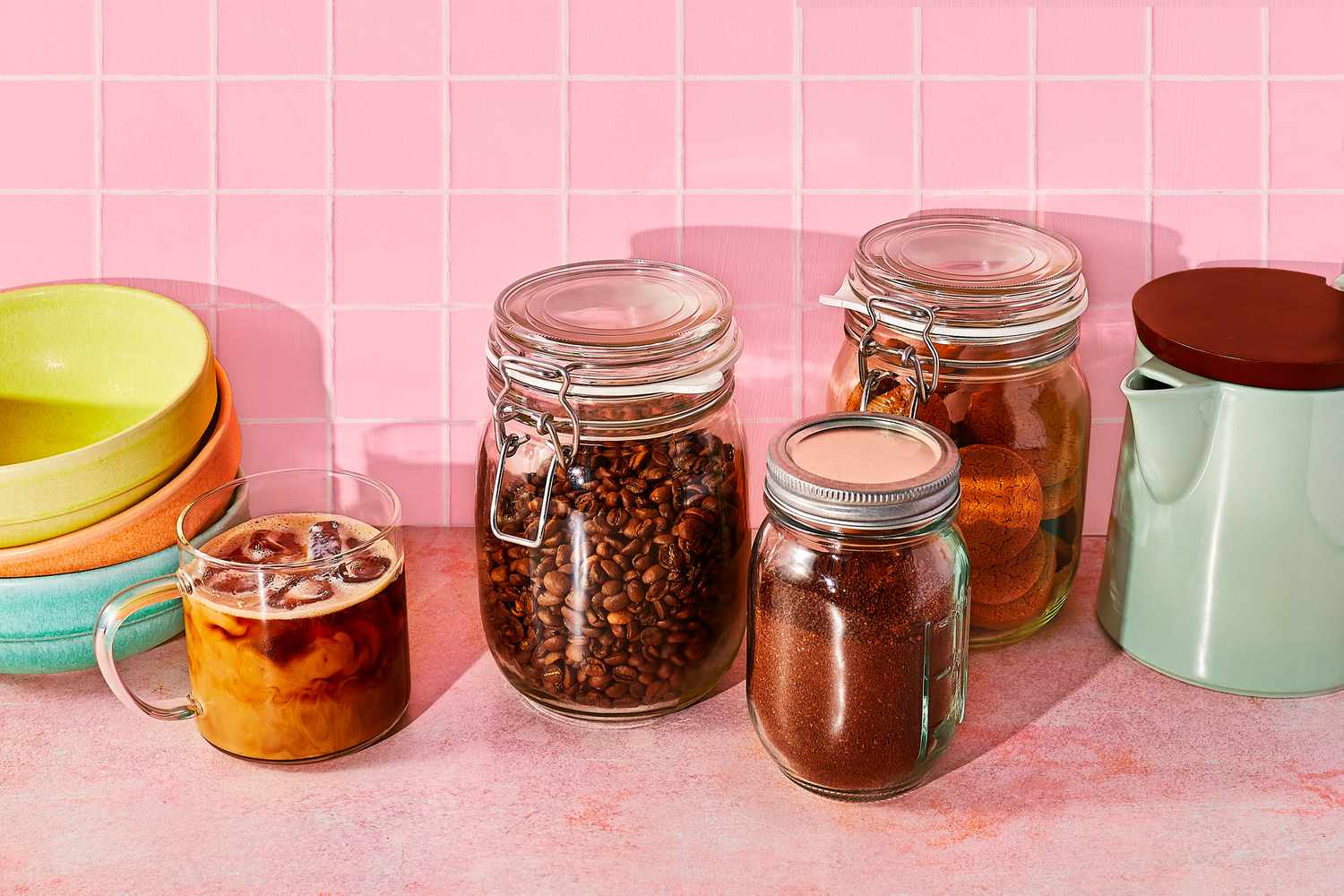
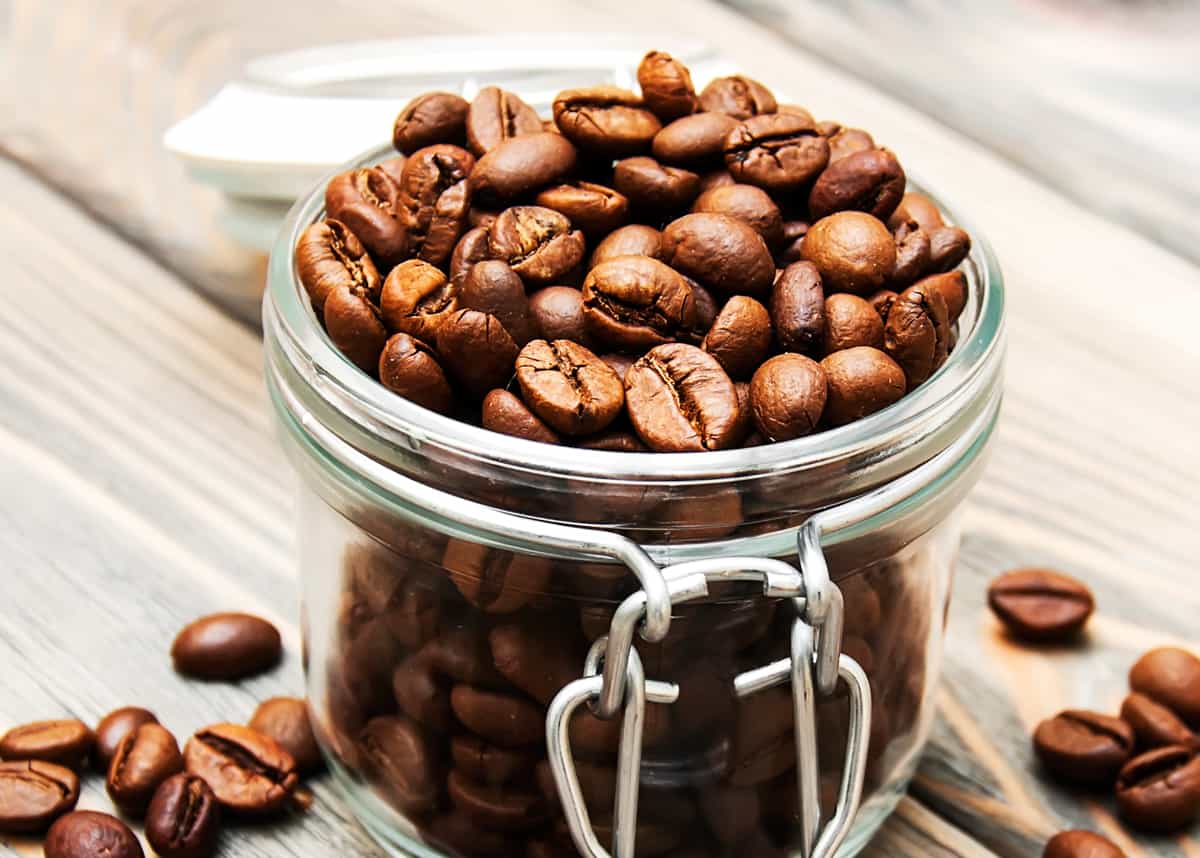

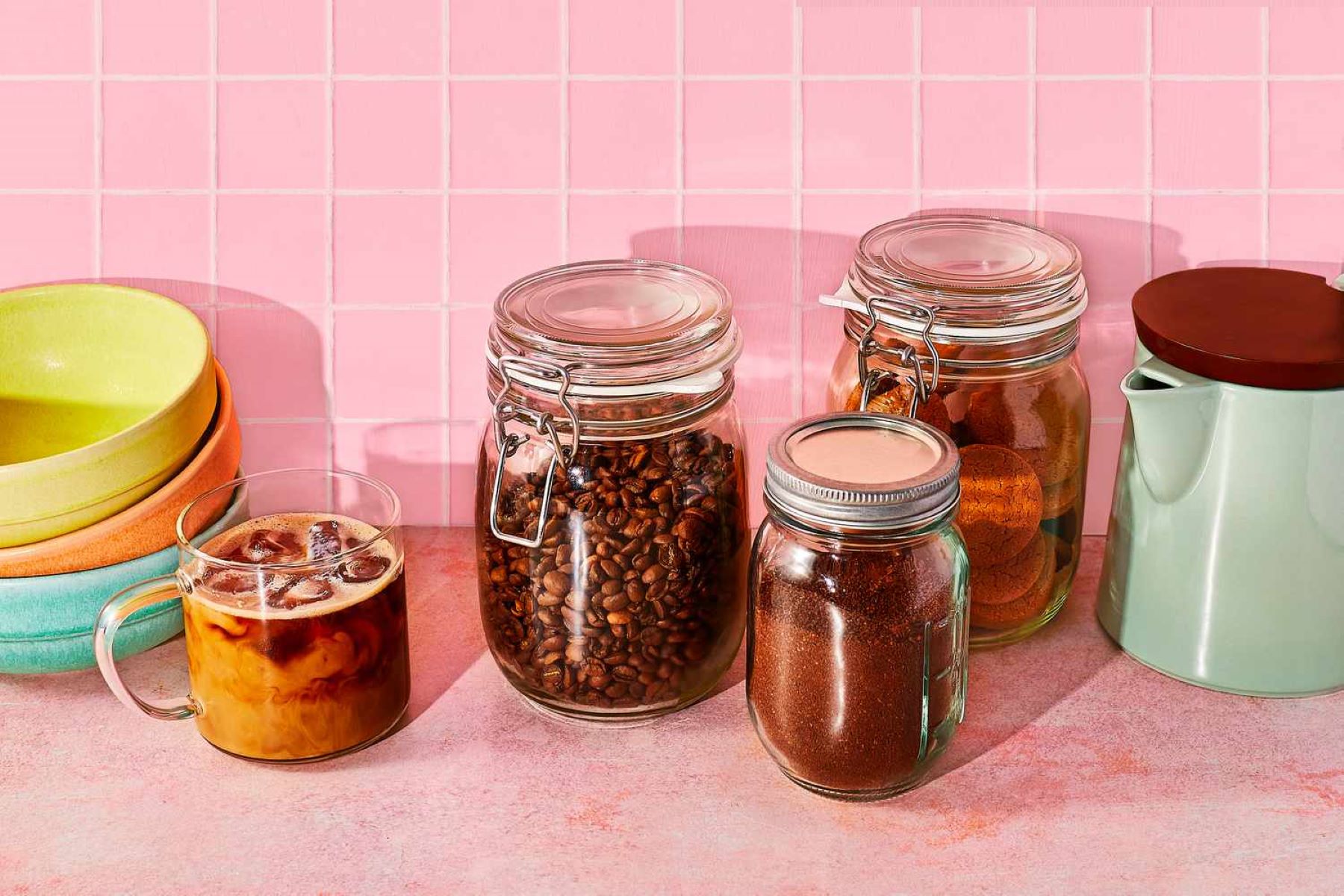
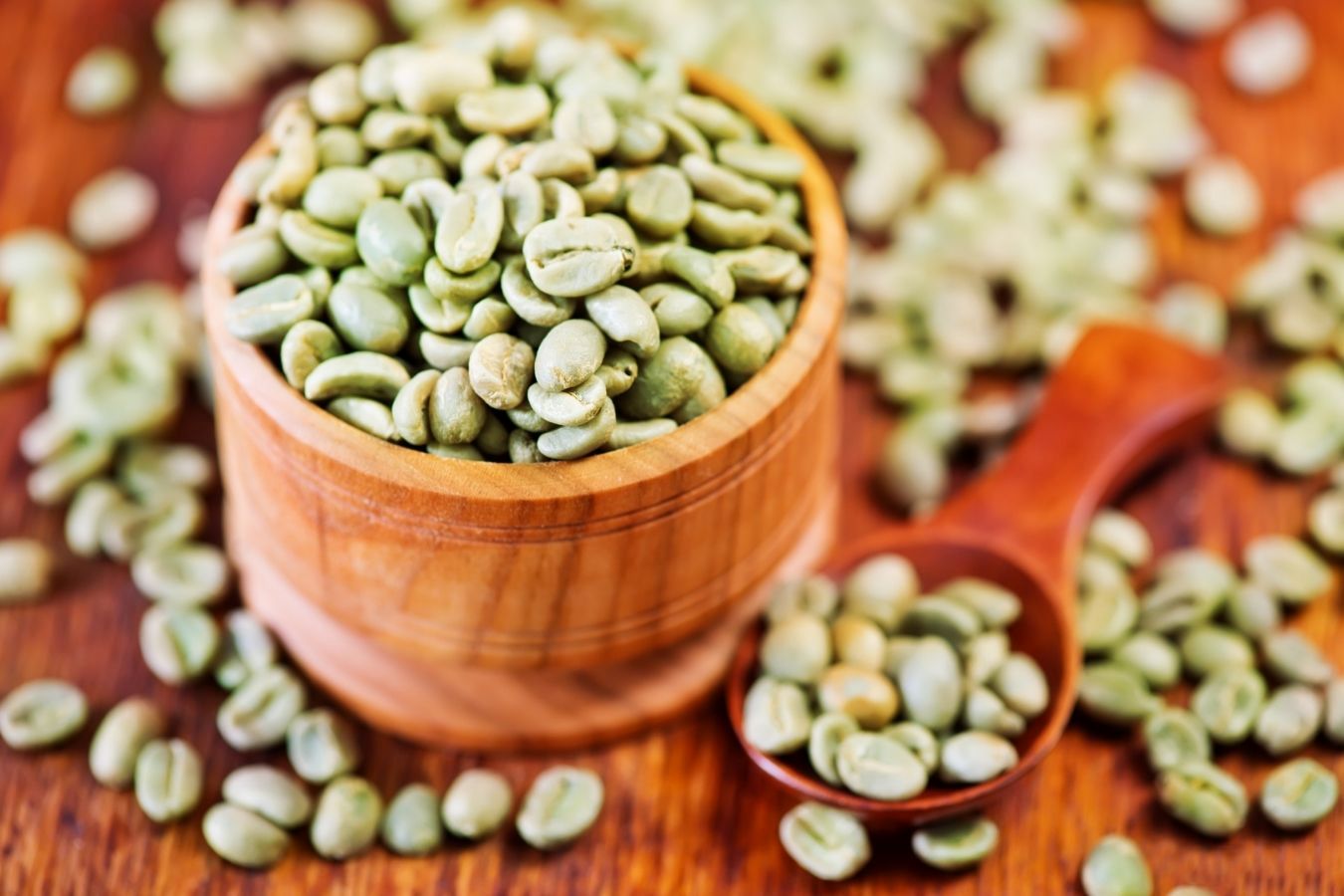
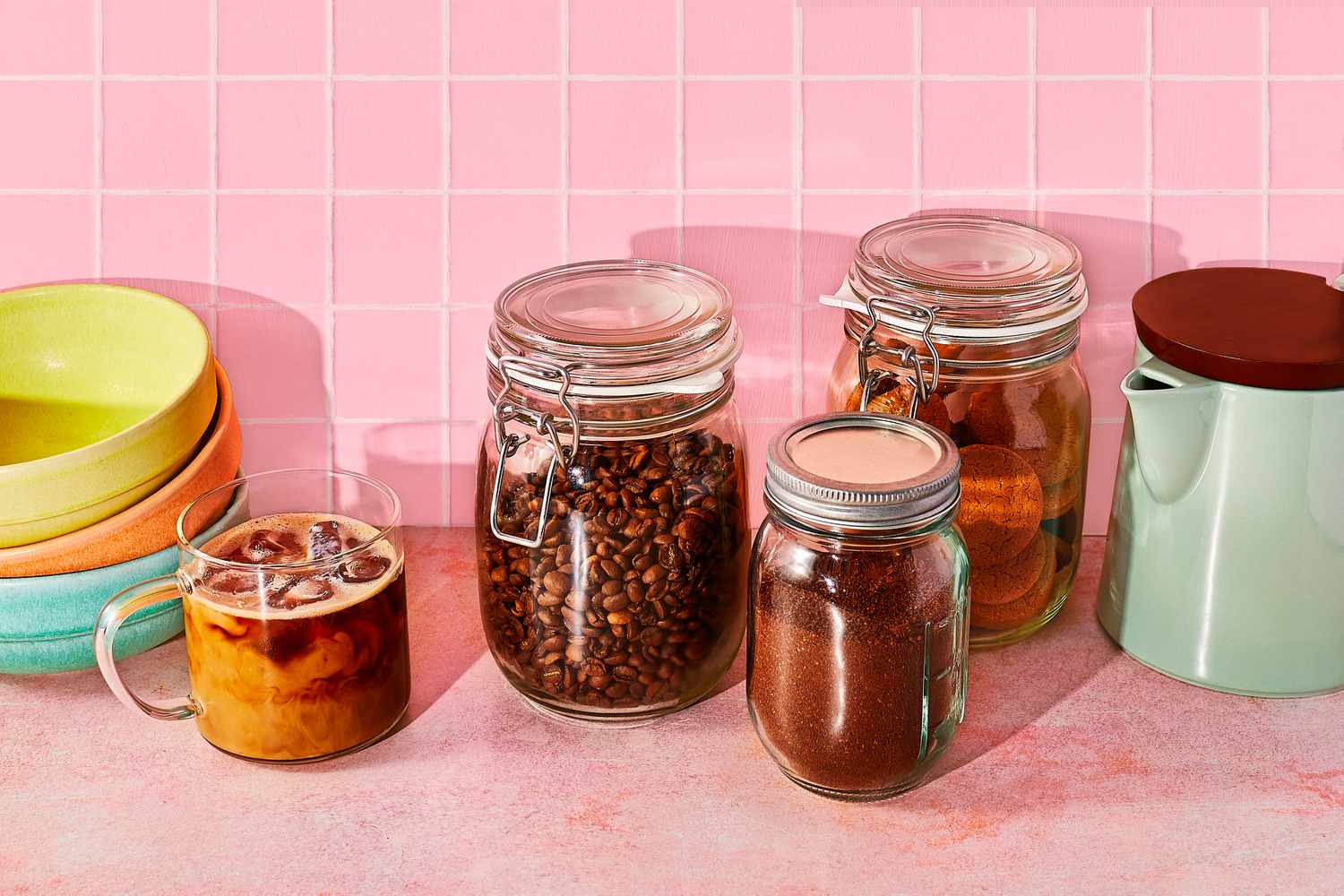
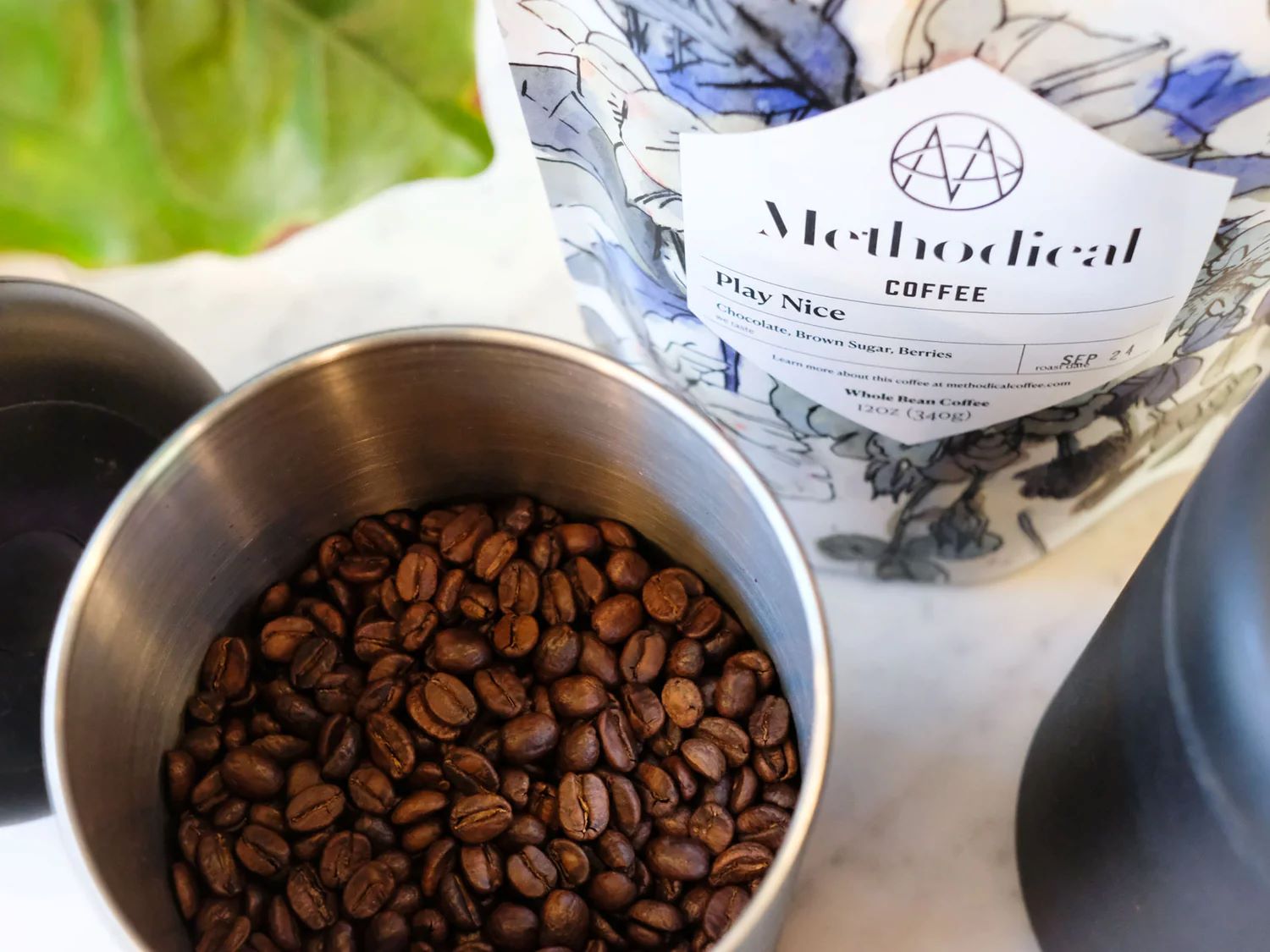
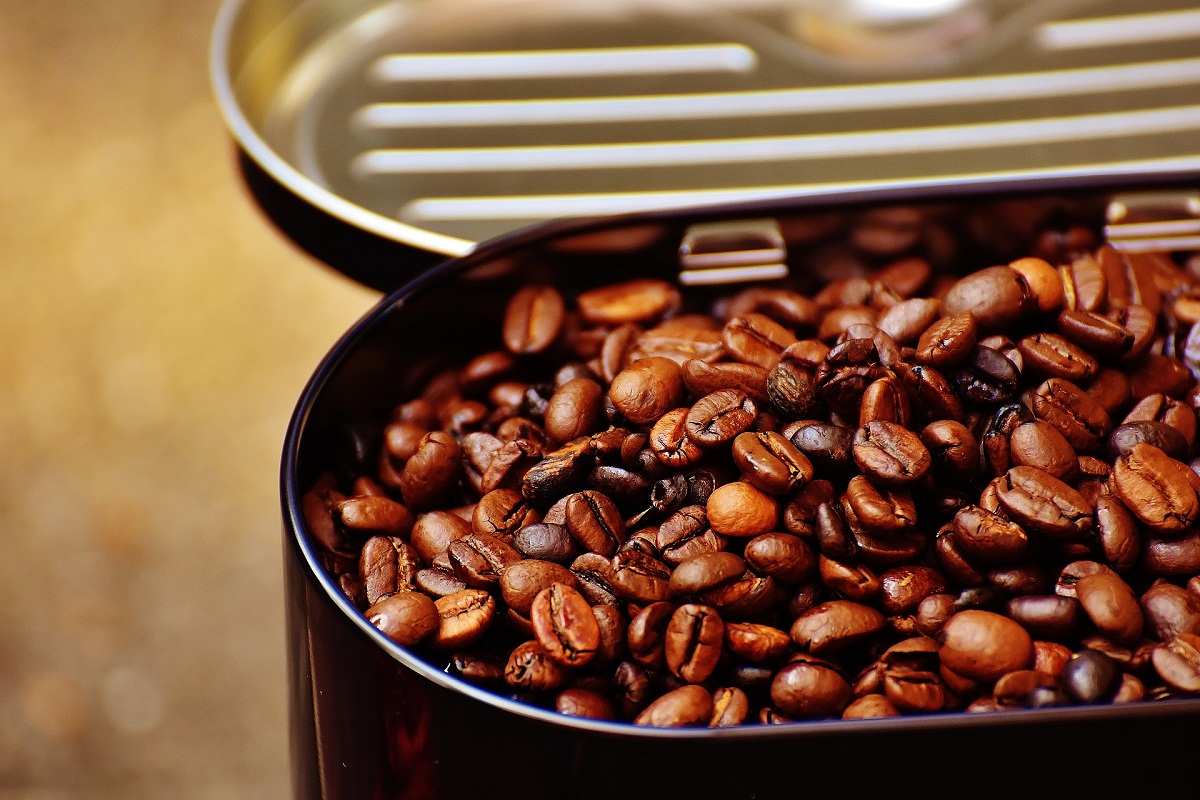
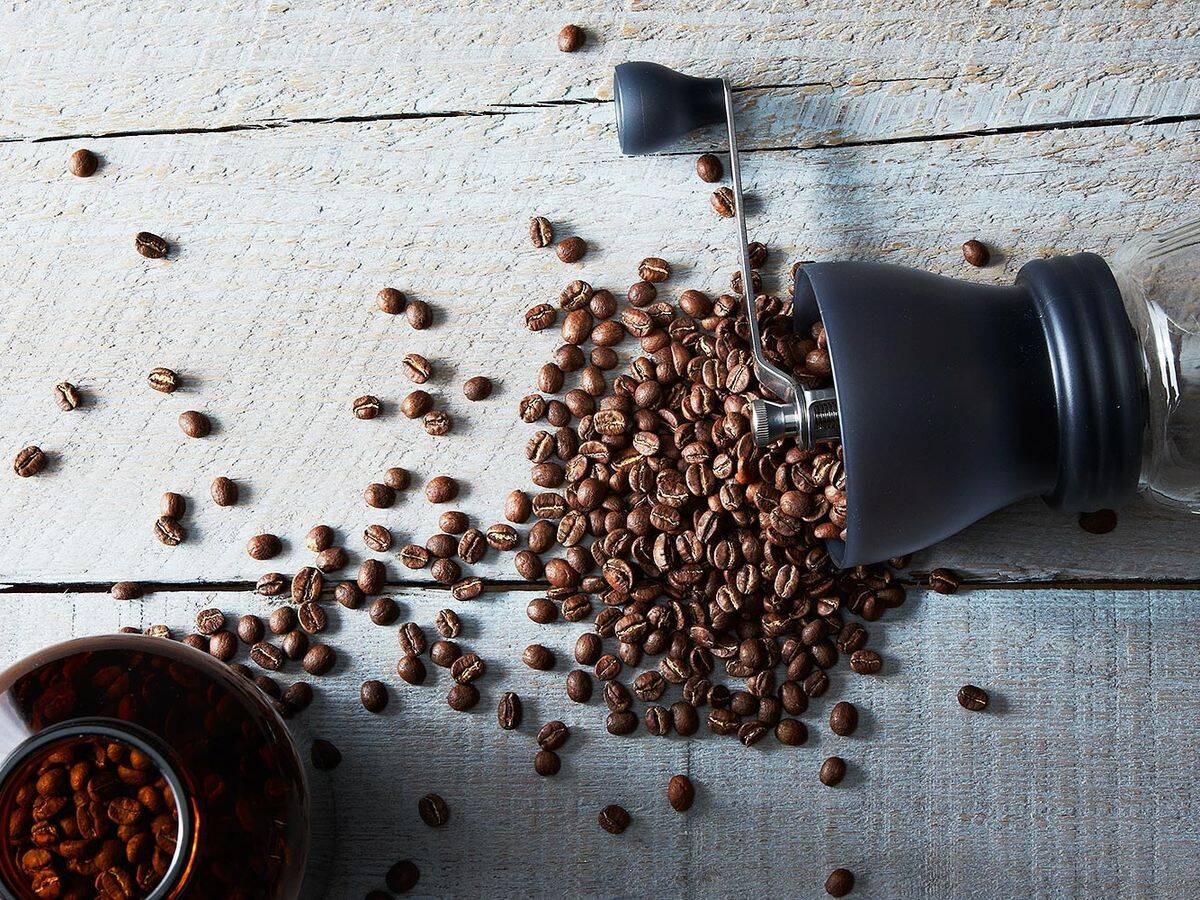
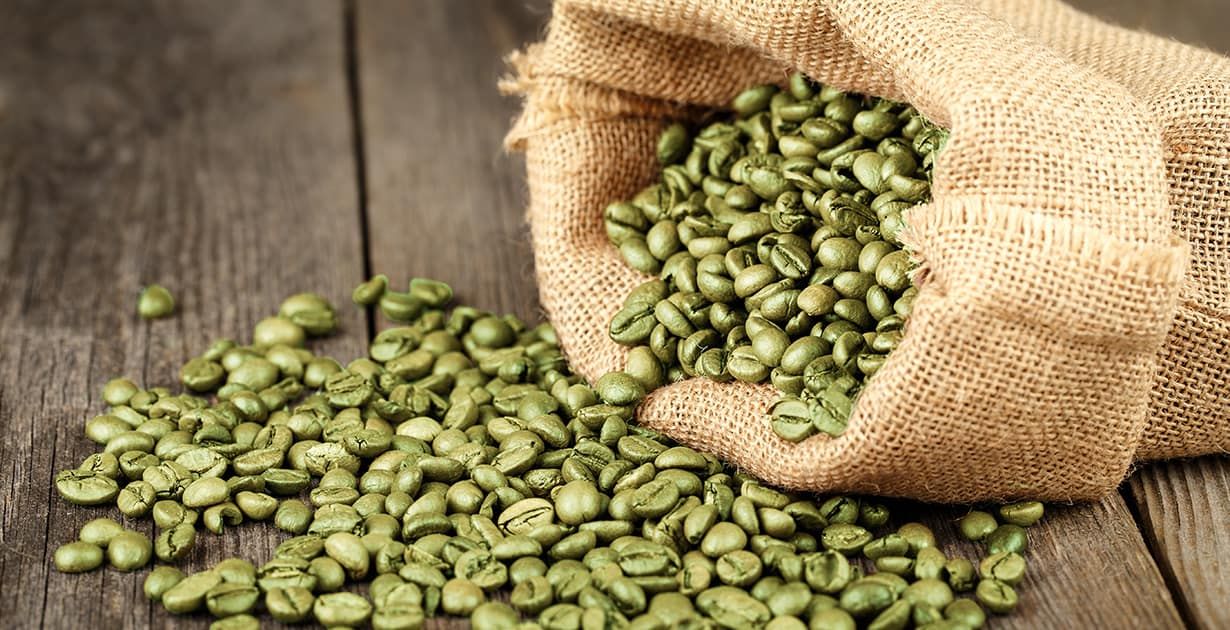
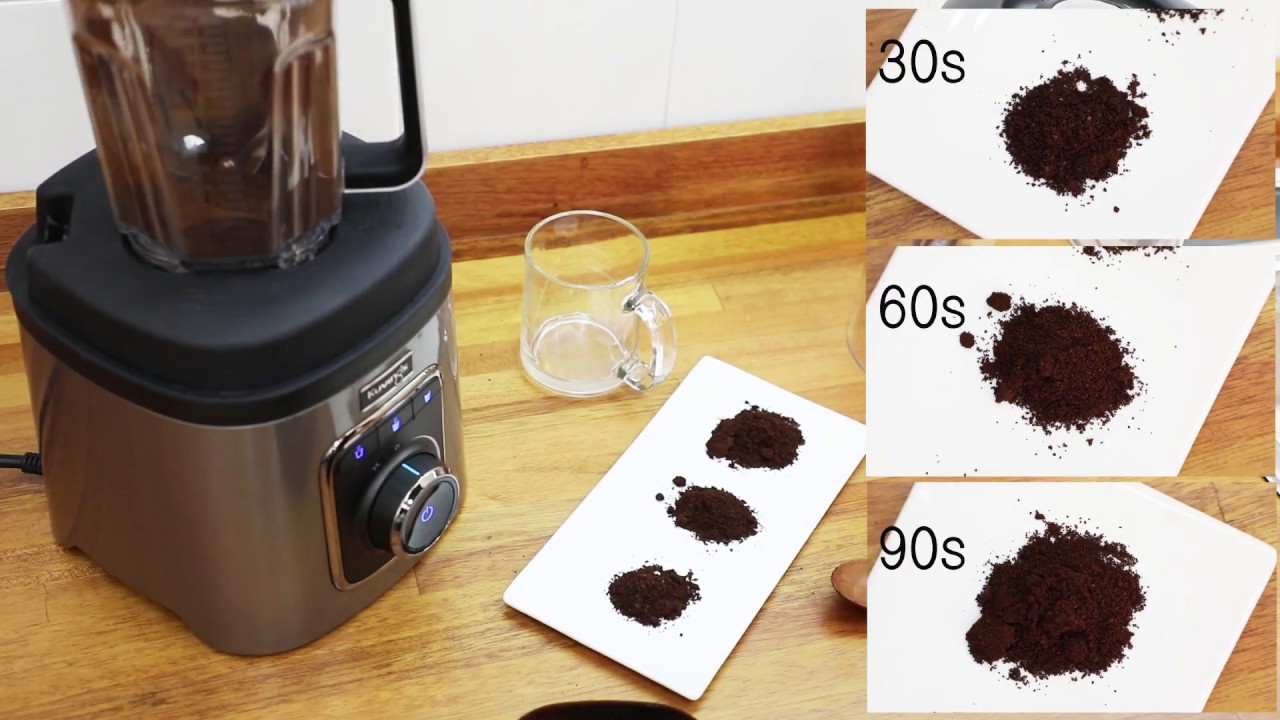

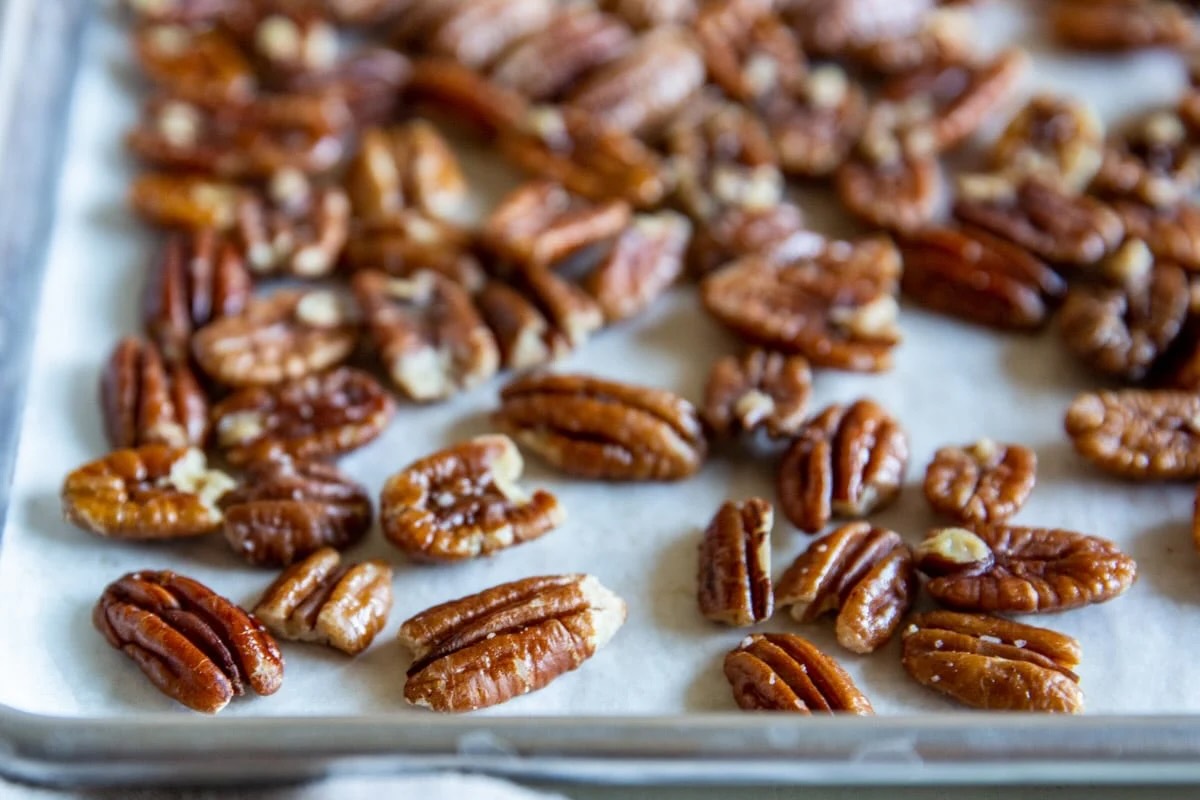


0 thoughts on “How To Store Roasted Coffee Beans”